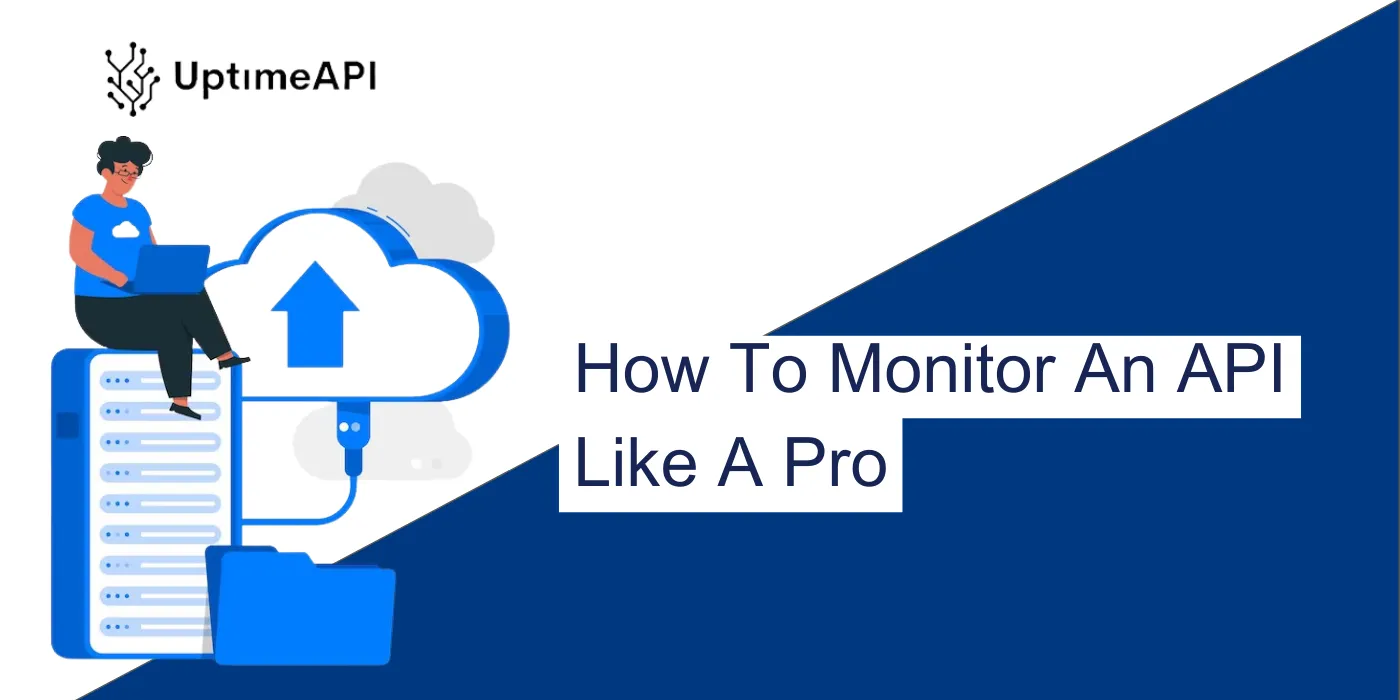How To Monitor An API Like A Pro

In the fast-paced world of technology, the reliability and performance of APIs (Application Programming Interfaces) are critical for the seamless functioning of applications. Monitoring an API effectively is essential to detect issues early, optimize performance, and ensure a positive user experience. In this blog post, we will explore how you can monitor an API like a pro using UptimeAPI, a user-friendly monitoring tool that simplifies the monitoring process.
Why Monitoring Your API Is Vital
Before diving into the intricacies of monitoring an API, it's important to understand why monitoring is crucial for the success of your applications.
Ensuring Seamless Functionality
Monitoring your API allows you to track its uptime, response times, and error rates, ensuring that your application functions smoothly without interruptions.
Proactive Issue Detection
By monitoring your API regularly, you can identify performance issues or downtime in real-time and address them promptly, preventing potential service disruptions.
Improving User Experience
A well-monitored API leads to enhanced user experience by delivering reliable and high-performing services consistently.
Step-by-Step Guide to Monitoring Your API with UptimeAPI
Let's walk through the process of monitoring your API like a pro using UptimeAPI.
Step 1: Sign Up for UptimeAPI Account
The first step in monitoring your API with UptimeAPI is to create an account. Visit the UptimeAPI website and sign up by providing your name, email address, and creating a password.
Step 2: Add Your API Endpoint
Once you have signed up and logged in to your UptimeAPI account, navigate to the dashboard and locate the "Add Monitor" option. Enter the details of your API endpoint, including the URL and monitoring frequency.
Step 3: Configure Monitoring Settings
Customize your monitoring settings to suit your specific requirements. Set the monitoring interval, define alert notifications, and establish performance thresholds based on your API's characteristics.
Step 4: Monitor Your API's Performance
With your API endpoint added and monitoring settings configured, UptimeAPI will start monitoring the performance of your API. Monitor real-time data on uptime, response times, and error rates through the intuitive dashboard.
Step 5: Receive Timely Alerts
Stay informed about any issues with your API by setting up alert notifications. UptimeAPI will notify you via email, SMS, or integrations with other tools when it detects downtime or performance deviations.
Step 6: Analyze Monitoring Data
Utilize the monitoring data provided by UptimeAPI to analyze the performance trends of your API. Identify patterns, anomalies, and areas for improvement to enhance the reliability and efficiency of your API.
Conclusion
Effectively monitoring your API with the expertise and precision of a seasoned professional is paramount to guaranteeing the reliability, optimal performance, and exceptional user experience of your applications. By meticulously adhering to the detailed step-by-step guide meticulously delineated in this informative blog post and harnessing the advanced capabilities furnished by UptimeAPI, you can seamlessly monitor your API with finesse and address any arising issues with proactive diligence. Embark on the journey to monitoring your API with the finesse and mastery of a seasoned professional today by integrating UptimeAPI into your systems, thereby propelling the performance and functionality of your applications to unprecedented heights of excellence and reliability.